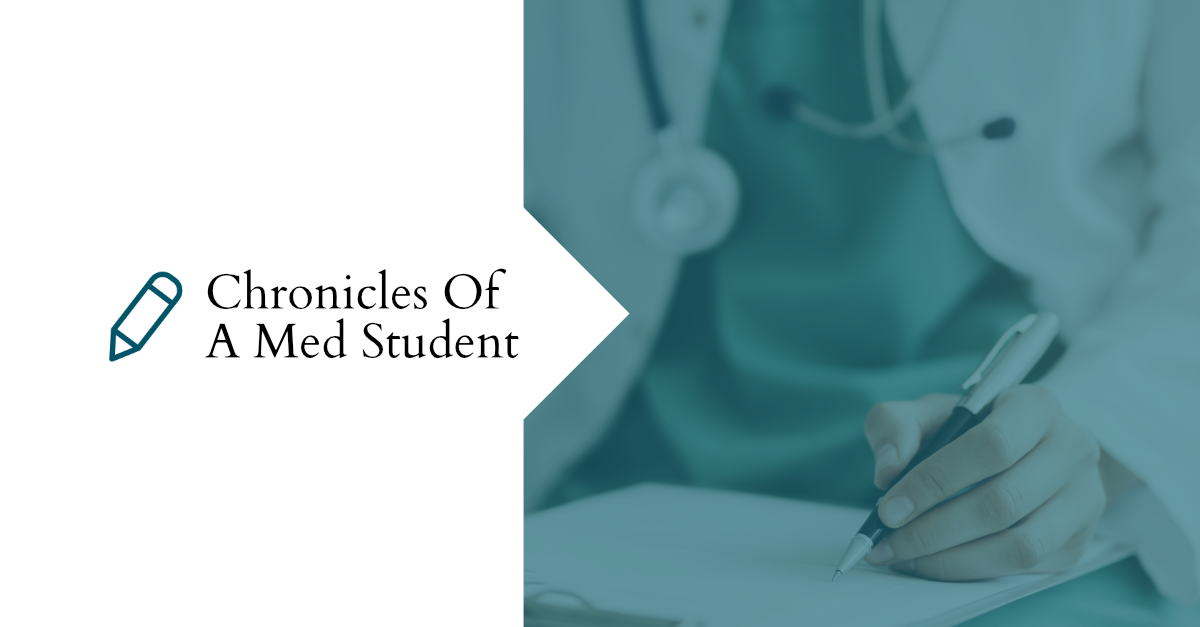Last Updated on June 26, 2022 by Laura Turner
Flexibility is the name of the game during your third (and to an extent, your fourth) year of medical school. From being at the beck and call of your senior residents to showing up at 4:30 AM to round on all your patients and have your notes ready, it can be a very stressful experience. One of my attendings casually mentioned how he had a harrowing experience back in the day when he was told he should completely leave medicine for accidentally cutting a suture tail too short in the OR. Thankfully today most hospitals and staff are more respectful of their students’ time and have gotten much better about setting good guidelines for hours worked and how the students are treated. Even so, just the schedule and demands of being a doctor/student doctor can be crazy!
Each rotation is unique and comes with its own set of demands. While a psychiatry rotation may require spending lots of time with the patient getting a detailed history, on another rotation you might be able to get all the required information from a quicker history and physical exam. Similarly, the way that things are done on each rotation will differ: when to prep for rounds, when to actually round, how many times to round, the presentation style preferred by your attending, and the list goes on! I wish someone had given me a more detailed idea of what to expect on a day during third year rotations, so I’m here to give a loose outline and the some of variations that could occur.
Generally on a service, I arrive at the hospital around 6 or 7 am (again, this varies depending on the number of patients I have, service I am on, information required, etc). Upon arrival, I look up the information about my patients. Some important things that I look for are overnight events, fresh vital signs, inputs/outputs, and any notes written on the patient since yesterday (when I saw them last). I usually carry 1-2 patients, which is typical for an average size service and for a 3rd year student. Some services will have a census of 18, others will have 5. After collecting all the necessary information about my patient, I will go examine the patient myself. I ask them if anything significant happened overnight; how they are generally feeling; if they ate; how they slept; bowel and urinary changes; and do a short review of systems and physical exam. It’s also generally good to touch base with the nurse about how he or she thinks things are going. Sometimes the reports from the nurse and patient can be very different—if forced to choose, I would generally go with the nurse’s objective observations, as patients can sometimes be poor historians because of medications, lack of sleep, etc.
Once I have a general sense of how my patient is doing, I try to think of what the plan is for the day, as well as how the patient is progressing during their overall hospital stay. After briefly discussing my assessment of the patient with the senior resident, we all gather to round with the attending physician. We go through each patient systematically and agree on what we’re going to do for them that day. Thus (usually) ends the most exciting part of the day for students. The rest of the day can be used to grab a bite to eat, follow up on any new labs or imaging for your patients, or to just check up on them in general. At 5 pm, the night team comes in to get updates and begin their shift.
It’s easy to see how all of this is a giant scramble at times and why it’s important to be flexible! Different rotations have different demands, not just in terms of the specialty, but specifically the team and attending you are working with. I have found it helpful to write down the attending’s preferred style of history and physical exams and presentations after each patient encounter. Keeping track of the nuances can really help you stand out and get bonus points on not just during the rotation, but ultimately your evaluation. Being perceptive and anticipating your team’s needs is also helpful to the team in general and will not go unnoticed! Residents are swamped and can really appreciate when a student takes initiative when necessary. Being adaptable will go very far in not only your third year, but in future career as well.
